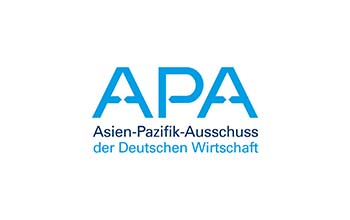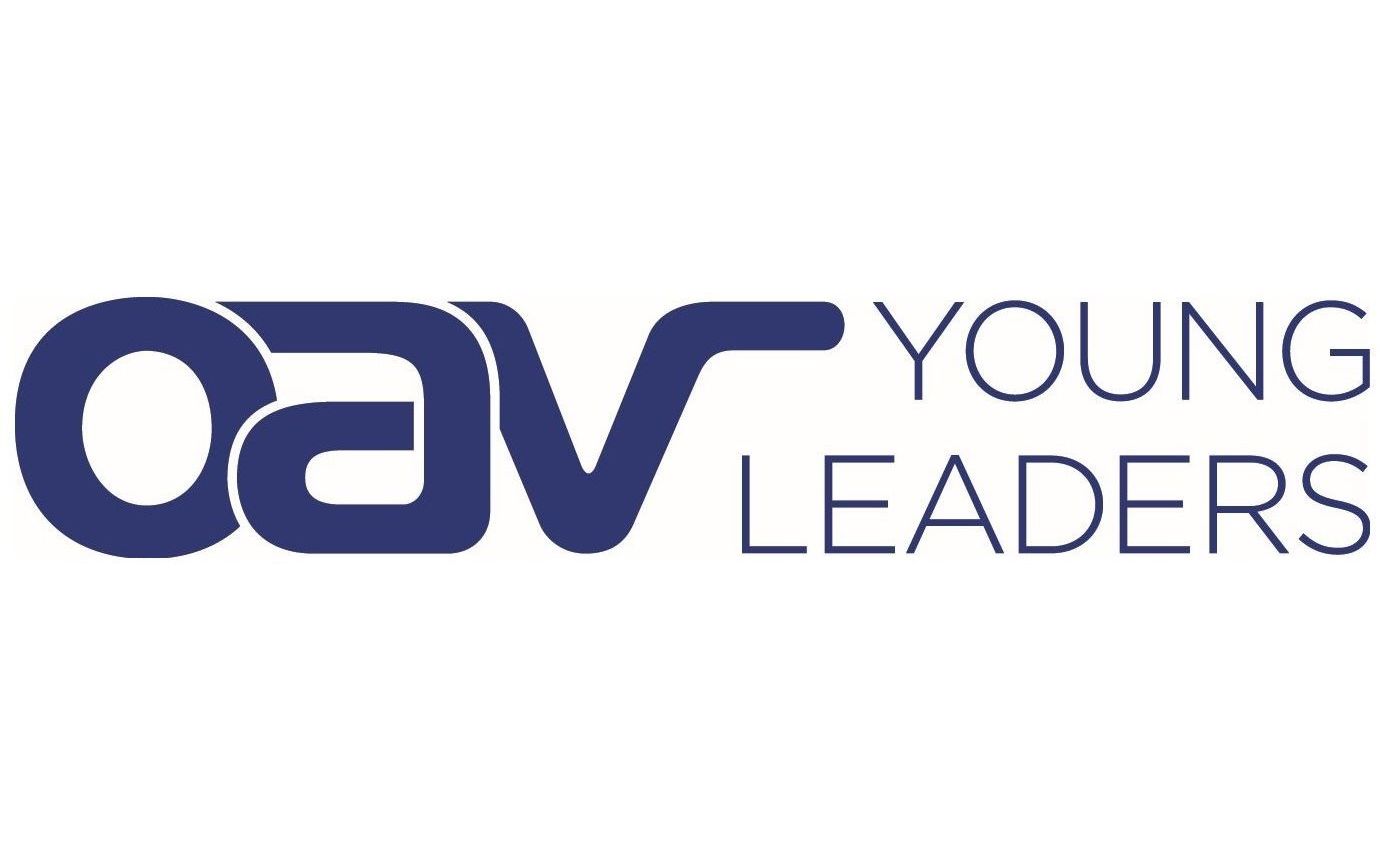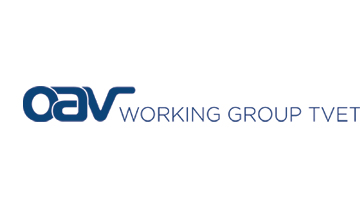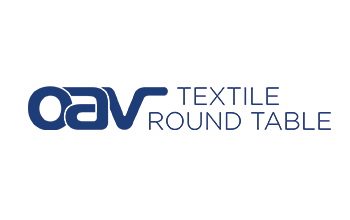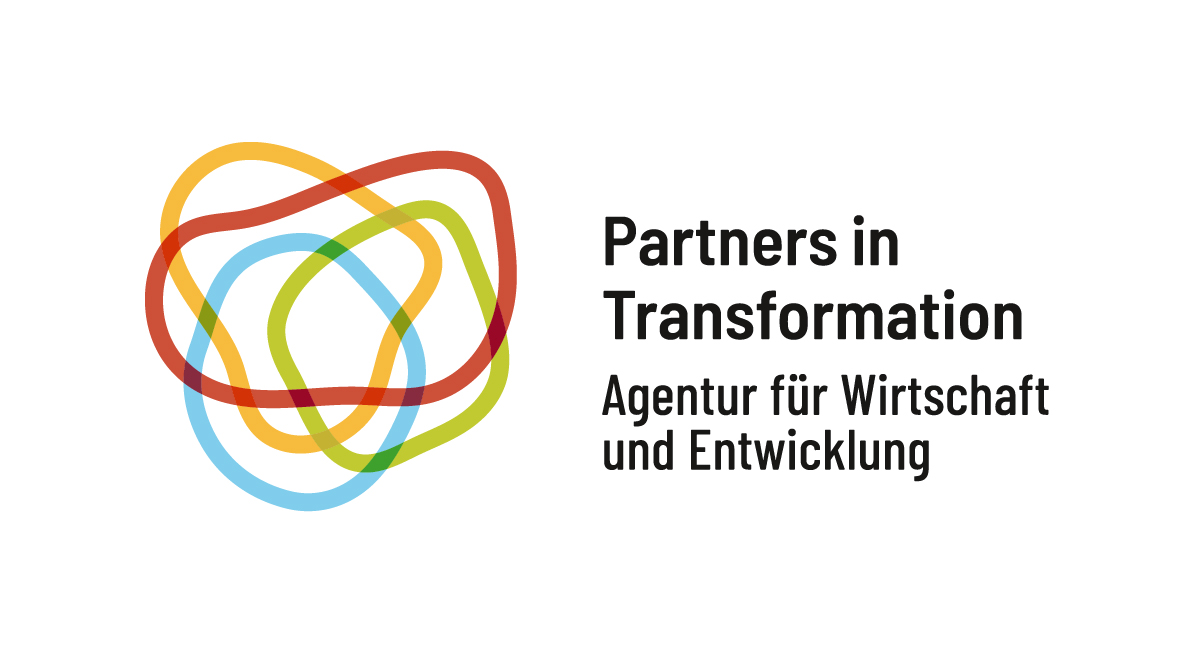SAMR to Overhaul the Rules on Prohibition of Abuse of IPRs
04.08.2023CMS-Newsletter
Enforcement of competition law in the field of intellectual property rights ("IPRs") has been considered by the
Chinese anti-monopoly enforcement authorities as an important factor to maintain market competition. Since 2015,
the former State Administration for Industry and Commerce issued the Provisions on Prohibition of the Abuse of
Intellectual Property Rights to Exclude or Restrict Competition which were further amended in 2020 (the “2015
Provisions”). On 4 January 2019, the Anti-monopoly Committee of the State Council also issued the Anti-monopoly
Guidelines in the Field of Intellectual Property Rights (the “IP Anti-monopoly Guidelines”).
In 2022, the State Administration for Market Regulation (“SAMR”) invited public comments on the draft of its
proposed amendments to the 2015 Provisions. The final version of the amendments was published in this July and
took effect on 1 August 2023 (the "2023 Provisions") and replaced the 2015 Provisions.
Please find below a short summary of the highlighted amendments under the 2023 Provisions.
1. Prohibition of organising and supporting monopoly arrangements by exercising IPRs
In addition to horizontal and vertical monopoly agreements and the abuse of dominant position, the amended
PRC Anti-monopoly Law (the "2022 AML") newly includes the prohibition of organizing undertakings to reach a
monopoly agreement or provision of substantial assistance to other undertakings to reach a monopoly agreement
under its Article 19. The 2023 Provisions restate that undertakings shall not make use of the IPRs to conduct the
relevant activities stipulated in Article 19 of the 2022 AML.
Organizations in the context of this Article 19 include the hub-and-spoke conspiracy, i.e. where an undertaking
enters into agreements with multiple counterparties to transactions which allow these competing counterparties
to communicate their intentions or exchange information through that undertaking, leading to the creation of a
monopoly agreement. It is therefore worth noting that IPRs holders must be very careful not to act as a “hub” for
the exchange of sensitive information, such as pricing, customers, profit margin and so on, between licensees
when licensing IPRs.
2. Uncertainties of application of safe-harbour rules
The 2015 Provisions provided for a market share based safe harbour (20% for unspecified “other horizontal
agreements” and 30% for unspecified “other vertical agreements” under the 2008 AML) and a substitutable
technology based safe harbour (existence of four or more substitutable technologies for above horizontal
agreements and two or more for above vertical agreements).
The 2023 Provisions follow the principles of the application of the safe harbour rules under the 2022 AML, i.e. the
safe harbour rules only apply to vertical agreements, but all types of them. For such IPRs related agreements, if
the undertakings (a) can prove that the market share is lower than the standard set by the SAMR and (b) meet
other conditions set by the SAMR, they will not be prohibited. The 2023 Provisions also state that criteria (a) can
be referred to the relevant provisions of the IP Anti-monopoly Guidelines where the market share based safe
harbour rules is currently 30% (or four or more substitutable technologies in the absence of accurate market
share data). However, it is not yet clear what other conditions under the criteria (b) are relevant for the
application of the safe harbour rules. Therefore, it is uncertain how the protection of the safe-harbour rules can
be applied.
Another issue is that the IP Anti-Monopoly Guidelines, which were issued before the 2022 AML, consider that the
safe harbour rules apply to both unspecified "other horizontal and vertical monopoly agreements" under the 2008
AML. This is inconsistent with the 2022 AML. From a legal hierarchy perspective, the 2022 AML applies, i.e. the
safe harbour rules apply to all types of vertical agreements, and this principle is also reflected in the 2023
Provisions.
3. Review of concentrations involving IPRs
The 2023 Provisions newly added in its Articles 15 and 16 how to attach appropriate restrictive conditions to
concentrations that may have adverse competitive effects when IPRs are involved. These restrictive conditions
may include structural conditions such as divestment of the IPRs or the business related to the IPRs as well as
behavioral conditions such as maintaining the independent operation of IPRs-related business or licensing IPRs on
reasonable terms.
4. Abuse of dominance through patent pool
Under the 2015 Provisions, the parties abusing a dominant position through the patent pool relate to the relevant
patent pool management organisations. However, the 2023 Provisions expand those to the patent pool entities
and the members of the patent pool.
Furthermore, three additional abuses of dominant position are addressed by the 2023 Provisions, i.e. licensing of
pool patents at unfairly high prices, restriction of the scope of use of patents for pool members or licensees
without justification and compulsory licensing of competing patents in combination/non-essential patents,
terminated patents and other patents in combination without justification.
5. Standard setting and implementation
The 2023 Provisions qualify the following situations as conclusion of monopoly agreements through standard
setting and implementation:
- Competing undertakings jointly exclude specific undertakings from participation in standard-setting or exclude relevant standard technical programs of specific undertakings;
- Competing undertakings jointly exclude other specific undertakings from the implementation of the relevant standard;
- Competing undertakings reach agreement not to apply other competitive standards.
For regulating standard setting and implementation by undertakings with dominant positions, the 2023 Provisions
not only confirm that unfairly overpriced licenses exclude or restrict competition after their patents become
standard-essential patents, but also consider that the abuse of judicial remedies has anti-competitive effects.
Under its Article 19 (3), when licensing of standard-essential patents, it is prohibited to apply to a court or other
competent authority for a judgment, order or decision prohibiting the use of the relevant intellectual property in
breach of the principles of fairness, reasonableness and non-discrimination and without good faith negotiations,
thereby forcing the licensee to accept unfairly high prices or other unreasonable commercial conditions.
To prevent and prohibit the abuse of standard-essential patents, the SAMR published the Guidelines on Antitrust
in the Field of Standard-Essential Patents (draft for public comment) on 30 June 2023, which establish principles
for analyzing whether actions involving standard-essential patents exclude or restrict competition.
6. Conclusion
Under the 2023 Provisions, IPRs should be exercised in accordance with the law and within reasonable limits,
which, if exceeded, would be detrimental to fair competition and innovation in the market. For companies, the
2023 Provisions serve as a guideline for assessing the competition law risks in the exercise of their IPRs and
understanding the rules of the SAMR to enforce competition law in the relevant field.

